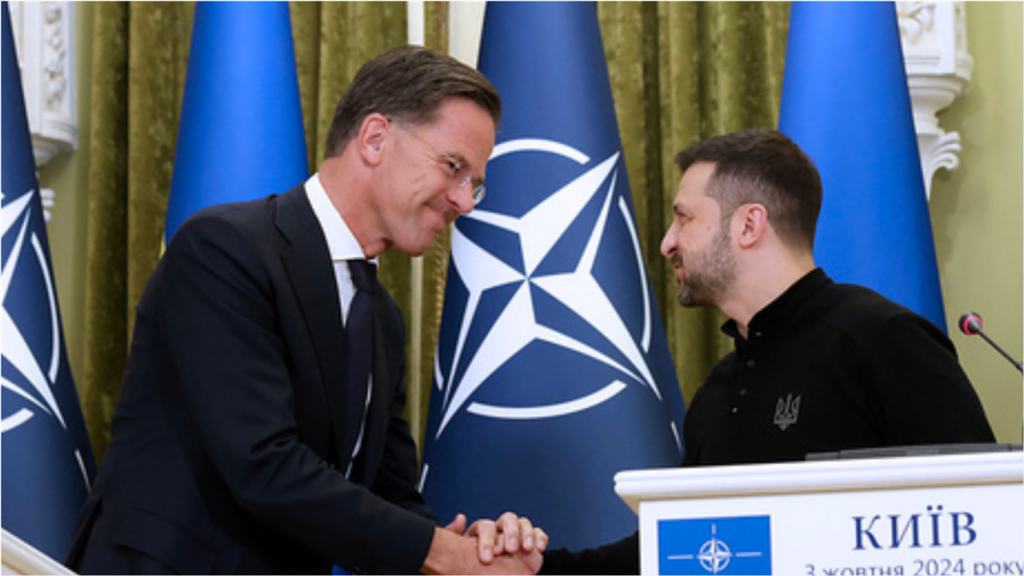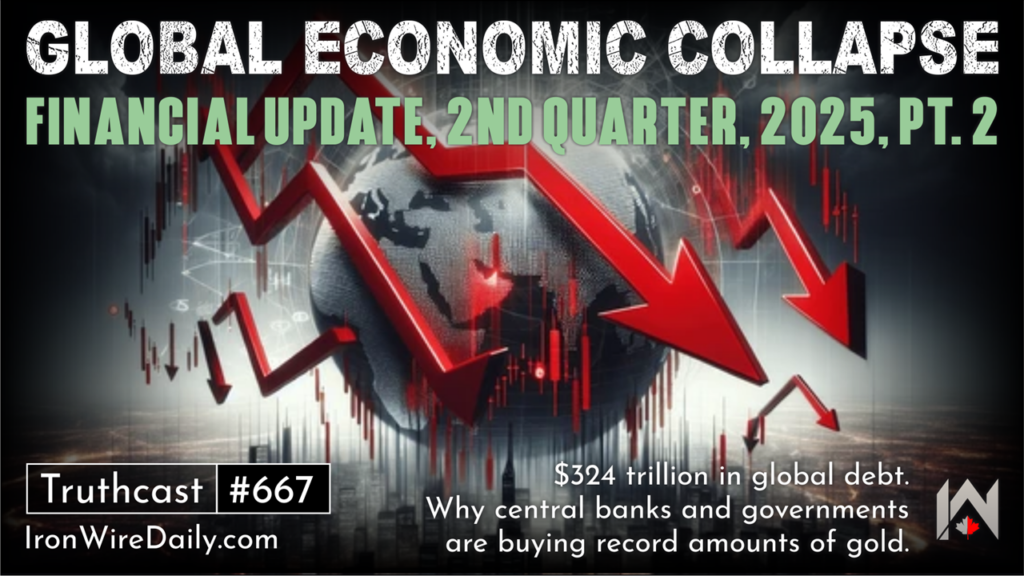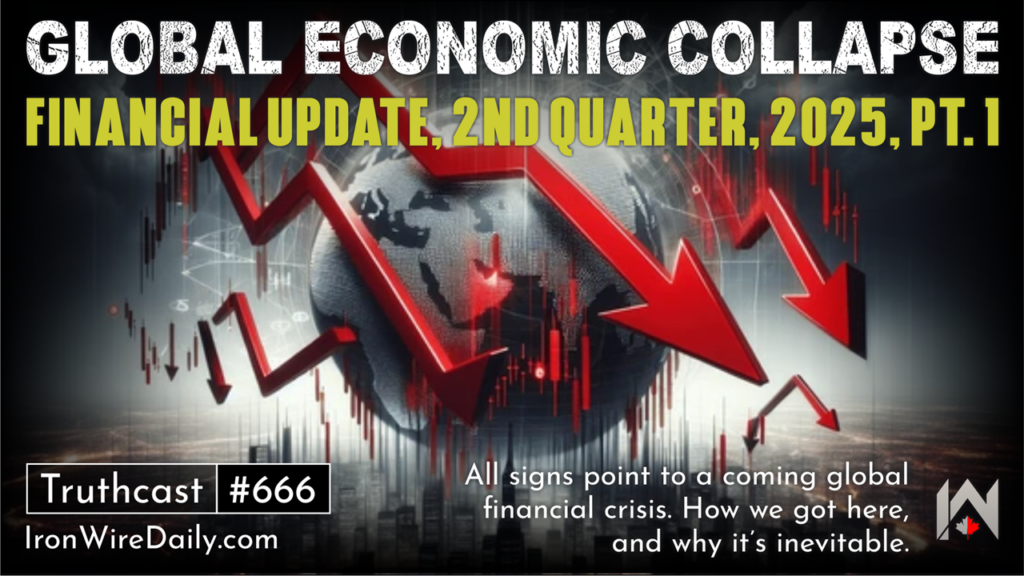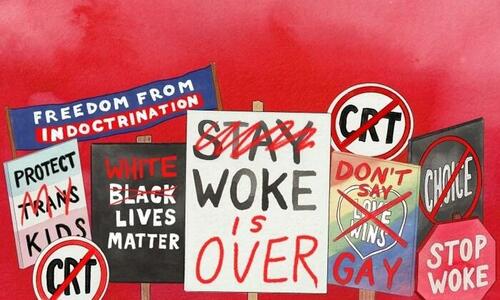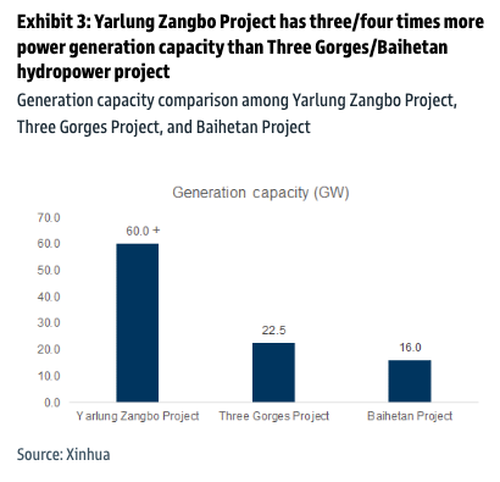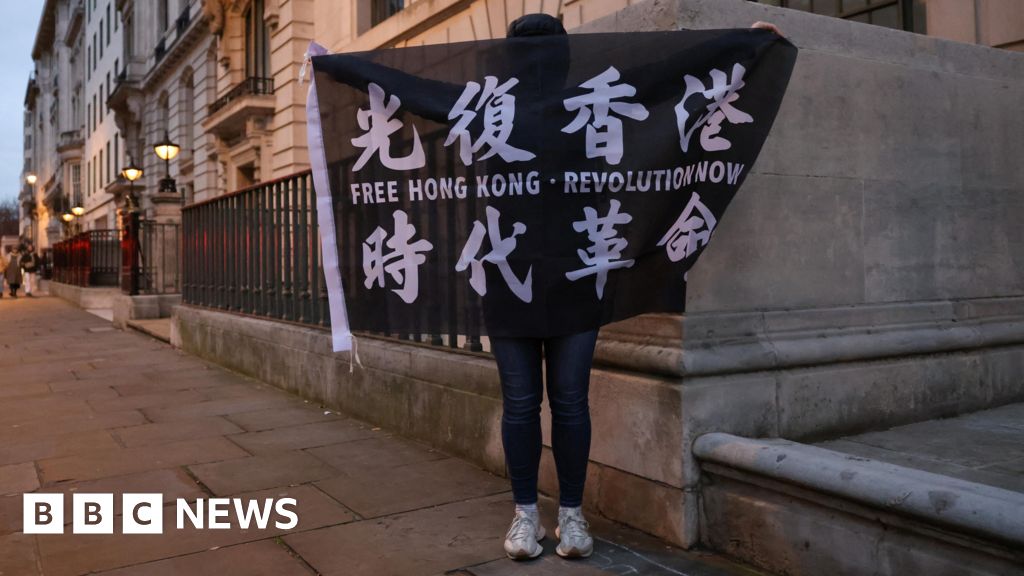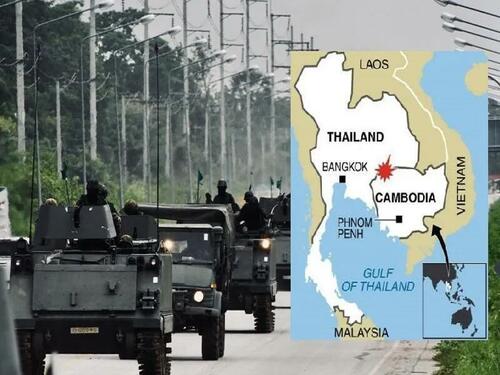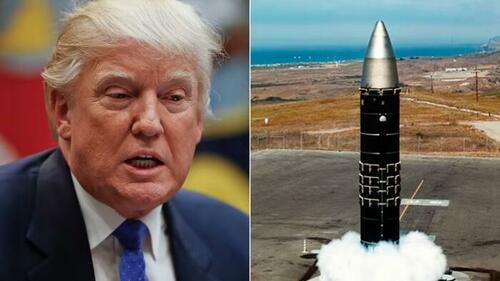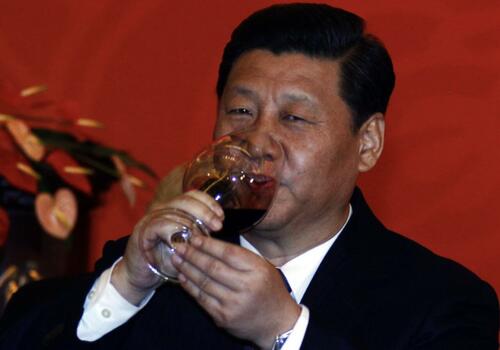A Sceptic’s Take on the Nuclear Bomb
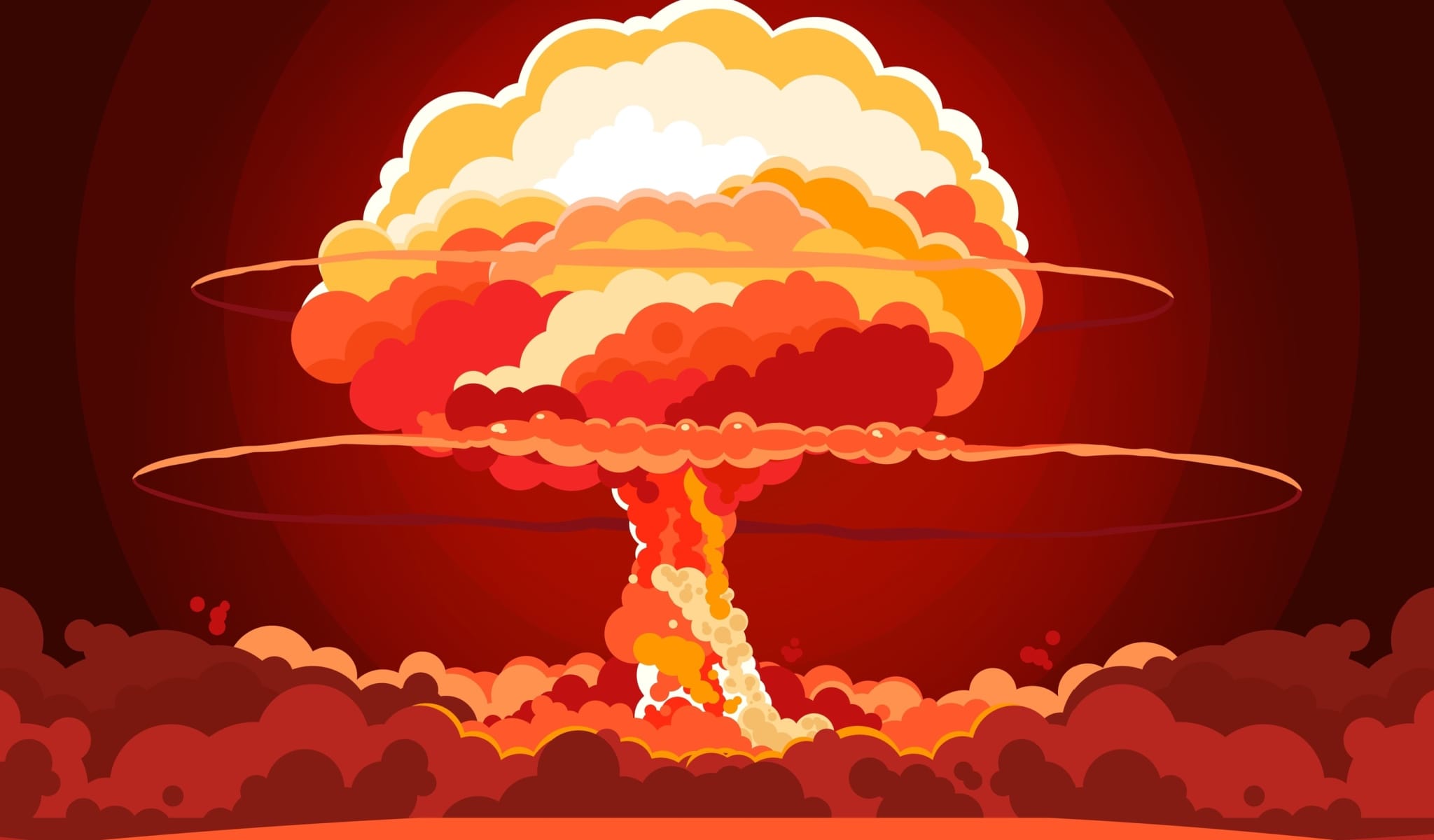
The first time that an atomic bomb was used as a weapon of war was on 6 August 1945 in Hiroshima. The last time it was used was three days later in Nagasaki. Human beings have a tendency to overanalyse and unnecessarily complicate interpretations of pivotal events. The simplest explanation for why nuclear weapons have not been used again in the 80 years since 1945, despite the presence of tens of thousands of warheads in American and Soviet arsenals at peak numbers in the 1980s, is that they are essentially unusable.
Their spread to a total of nine countries today, and the spell they cast on the leaders and scientists of many other countries who are enchanted by the magic of the bomb, rests on several mutually reinforcing myths, the first of which is that they won the war for the Allies in the Pacific Theatre of the Second World War. Policymakers, analysts, and pundits have widely internalised the belief that Japan surrendered in 1945 because of the atomic bombings of Hiroshima and Nagasaki.
Robert Billard gave us an admirable overview in Brownstone Journal recently of how several contemporaneous US policymakers and senior military officers believed that the atomic bombings were of dubious military value in ending the war but were profoundly unethical. Nor, for that matter, did the Truman administration believe at the time that the two bombs were war-winning weapons.
Rather, their strategic impact was vastly underestimated and they were thought of merely as an incremental improvement on the existing weaponry of war. It was only subsequently that the military, political, and ethical enormity of the decision to use atomic/nuclear weapons gradually sank in.
The key question, nonetheless, is not what Americans believed but what motivated Japanese policymakers to surrender. An examination of US perceptions at the time is irrelevant to answering this question. What emerges from the alternative analytical framework strongly reinforces Billard’s thesis that the bomb was not the decisive factor in Japan’s decision to surrender. Hiroshima was bombed on 6 August, Nagasaki on the 9th, and Moscow broke its neutrality pact to attack Japan on the 9th. Tokyo announced the surrender on 15 August. The evidence is surprisingly clear that the close chronology between the bombings and Japan’s surrender was a coincidence.
By early August Japan’s leaders knew that they had been defeated and the war was lost. The crucial question confronting them was to whom they should surrender, for that would determine who would be the occupying power in defeated Japan. For a variety of reasons, they were strongly motivated to surrender to the US rather than the Soviet Union. This was analysed in detail by Tsuyoshi Hasegawa, professor of modern Russian and Soviet history at the University of California Santa Barbara, in a 2007 article in The Asia–Pacific Journal. In Japanese decision-makers’ minds the decisive factor in their unconditional surrender was the entry of the Soviet Union into the Pacific war against the essentially undefended northern approaches and Japanese apprehensions that Stalin’s Soviet Union would be the occupying power unless they surrendered to the United States first. That fateful decision determined not just which foreign power occupied Japan but the entire geopolitical map of the post-war Pacific during and through to the end of the Cold War.
Five Nuclear Paradoxes
The triple crisis afflicting nuclear arms control and disarmament arises from non-compliance with obligations of the Nuclear Non-proliferation Treaty (NPT) – the cornerstone of the global nuclear order since 1970 – by some states engaged in undeclared nuclear activities and others that have failed to honour their disarmament obligations under Article 6 of the NPT; states that are not party to the NPT; and non-state actors seeking to acquire nuclear weapons.
The nuclear peace has held thus far as much because of good luck as sound stewardship, with an alarmingly large number of near accidents and false alarms by the nuclear powers. Having learnt to live with nuclear weapons for 80 years, we have become desensitised to the gravity and immediacy of the threat. The tyranny of complacency could yet exact a fearful price with nuclear Armageddon. It really is long past time to lift the shroud of the mushroom cloud from the international body politic.
Five paradoxes set the context for the global nuclear arms control agenda.
First, nuclear weapons are useful for deterrence only if the threat to use them is credible, but they must never be used if deterrence fails, because any use will only worsen the devastation for everyone.
Second, they are useful for some (those who have them for, by some incomprehensible logic, possession of the bomb turns them overnight into responsible nuclear powers), but must be stopped from spreading to anyone else.
Third, the most substantial progress on dismantlement and destruction of nuclear weapons occurred as a result of bilateral US and Soviet/Russian treaties, agreements, and measures. But a nuclear-weapon-free world will have to rest on a legally binding multilateral international instrument with built-in, credible, and enforceable verification machinery to guard against cheating and breakout. This is not an insubstantial hurdle.
Fourth, the existing treaty-based regimes have collectively anchored international security and can be credited with many major successes and significant accomplishments. But their accumulating anomalies, shortcomings, and flaws suggest a state of normative exhaustion in which they have collectively reached the limits of their success.
Fifth and finally, there are far fewer nuclear weapons today than during the Cold War, the risk of a deliberate nuclear war being started between Russia and the US is low, and they play a diminished role in shaping relations between Moscow and Washington. Yet, the overall risks of nuclear war have grown – as more countries in more unstable regions have acquired these deadly weapons, terrorists continue to seek them, and command and control systems in even the most sophisticated nuclear-armed states remain vulnerable to human error, system malfunction, and cyber attack. The strategic boundary between nuclear warheads and conventional precision munitions with lethal explosive yields is eroding.
The Cold War nuclear rivalry was shaped by the overarching ideological contest of the bipolar order, the competitive nuclear arms buildup and doctrines of the two superpowers, and the development of robust mechanisms for maintaining strategic stability. The sites of great power rivalry have expanded from Europe to include the Middle East and Asia. The current nuclear era is characterised by a multiplicity of nuclear powers with criss-crossing ties of cooperation and conflict, the fragility of command and control systems, threat perceptions between three or more nuclear-armed states simultaneously, and the resulting greater complexity of nuclear equations between the nine nuclear-armed states. Changes in the nuclear posture of one can generate a cascading effect on several others.
Weapons can be sought and, once acquired, retained for one or more of six reasons: deterrence of enemy attack; defence against attack; compellence of the enemy to one’s preferred course of action; status; emulation; and leveraging adversary and great-power behaviour. By demonstrating the acquisition of just a few key capabilities, even poverty-riven weak countries can affect the perceptions and alter the decision calculus of diplomacy and war of the advanced military powers. Specific causes of proliferation are many, diverse, and usually rooted in a local security complex. But they are all driven by belief in one or more myths that surround the mystique of the bomb.
Myth Two: The Bomb Kept the Peace During the Cold War
Following belief in the decisive role of atomic bombings in ending the Second World War in the Pacific, both sides in the ensuing Cold War internalised the related belief that the bomb kept the tense peace between the two blocs. Yet, no evidence exists to show that during the Cold War, either the Soviet bloc or NATO had the intention to attack the other at any time, but was deterred from doing so because of nuclear weapons held by the other side.
How do we assess the relative weight and potency of nuclear weapons, West European integration, and West European democratisation as competing explanatory variables in that long peace? What is beyond dispute is that the Soviet Union’s dramatic territorial expansion across Eastern and Central Europe behind Red Army lines took place in the years of US atomic monopoly, 1945–49; and that the Soviet Union imploded and retreated from Eastern Europe after, although not because of, gaining strategic parity.
After the Cold War, the existence of nuclear weapons on both sides was not enough to stop the US from expanding NATO’s borders to Russia’s borders, stop Russia from annexing Crimea in 2014 and invading Ukraine last year, prevent NATO from rearming Ukraine, or the latter from launching deadly attacks deep in Russian territory. The more or less constant US-Russia nuclear equation is irrelevant to explaining the shifting geopolitical developments since the end of the Cold War. We have to look elsewhere to understand the ongoing rebalancing of US-Russia relations.
Myth Three: Nuclear Deterrence Is 100 Percent Safe
The world has so far averted a nuclear catastrophe as much owing to good luck as to wise management, with the 1962 Cuban missile crisis being the most graphic example. A prospective Russia-NATO war is only one of five potential nuclear flashpoints, albeit the one with the gravest consequences. The remaining four are all in the Indo-Pacific: China-US, China-India, Korean Peninsula, and India-Pakistan. A simple transposition of the dyadic North Atlantic framework to comprehend the multiplex Indo-Pacific nuclear relations is analytically flawed and entails policy dangers for managing nuclear stability.
The geostrategic environment of the subcontinent, for example, had no parallel in the Cold War, with triangular shared borders among three nuclear-armed states, major territorial disputes, a history of many wars since 1947, compressed timeframes for using or losing nuclear weapons, political volatility and instability, and state-sponsored cross-border insurgency and terrorism. Premeditated nuclear strikes seem unlikely pathways to a nuclear exchange. But the toxic cocktail of growing nuclear stockpiles, expanding nuclear platforms, irredentist territorial claims and out-of-control jihadist groups makes the Indian subcontinent a high risk region of concern.
The Korean Peninsula too is a dangerous cockpit for a possible nuclear war that could directly involve four nuclear-armed states (China, North Korea, Russia, US), plus South Korea, Japan, and Taiwan as major US allies. The pathways to a war that neither side wants include a fatal miscalculation in the instrumental recourse to brinksmanship and military exercises, any one of which could spook Kim Jong Un into launching a pre-emptive attack or incite a South Korean or US military response that creates an unstoppable escalation spiral.
Disconcertingly, for nuclear peace to hold, deterrence and fail-safe mechanisms must work every single time. For nuclear Armageddon, deterrence or fail-safe mechanisms need to break down only once. Deterrence stability depends on rational decision-makers being always in office on all sides: a not very reassuring precondition in the age of Kim Jong Un, Vladimir Putin, and Donald Trump. It depends equally critically on there being not one rogue launch, human error, or system malfunction: an impossibly high bar.
In fact the world has come frighteningly close many times to nuclear war owing to misperceptions, miscalculations, near misses, and accidents:
- In January 1961, a four megaton bomb – 260 times more powerful than that used on Hiroshima – was just one ordinary switch away from detonating over North Carolina when a B-52 bomber on a routine flight went into an uncontrolled spin.
- In the Cuban Missile Crisis in October 1962, a nuclear-armed Soviet submarine had pre-delegated authority to launch the bomb if all three top commanders believed a war had broken out. Mercifully, Vasili Arkhipov of the Soviet Navy demurred and may well be the man who saved the world.
- In November 1983, Moscow mistook NATO war games exercise Able Archer to be the real thing. The Soviets came close to launching a full-scale nuclear attack against the West.
- On 25 January 1995, Norway launched a powerful scientific research rocket in its northern latitudes. Its stage three speed and trajectory mimicked a Trident sea-launched ballistic missile (SLBM). The Russian early warning radar system near Murmansk tagged it within seconds of launch as a possible American nuclear missile attack. Fortunately, the rocket did not stray into Russian airspace.
- On 29 August 2007, an American B-52 bomber carrying six air-launched cruise missiles armed with nuclear warheads made an unauthorised 1,400-mile flight from North Dakota to Louisiana and was effectively absent without leave for 36 hours.
- Following the 2014 Ukraine crisis, several serious and high-risk incidents involving Russian and NATO planes and ships were documented.
- Global Zero has also documented many dangerous encounters in the South China Sea and South Asia.
Myth Four: The Bomb Is a Necessary Safeguard against Nuclear Blackmail
Some profess interest in nuclear weapons in order to avoid nuclear blackmail. ‘Compellence’ means the use of coercion, by threat or action, to force an adversary to stop or reverse something already being done, or to do something he would not otherwise do. Yet, the belief that nuclear weapons permit a state to deploy coercive bargaining power that would not otherwise be available has little evidence in history. There is not one clear-cut instance of a non-nuclear state having been bullied into changing its behaviour by the overt or implicit threat of being bombed by nuclear weapons, including Ukraine.
The normative taboo against this most indiscriminately inhumane weapon ever invented is so comprehensive and robust that under no conceivable circumstance will its use against a non-nuclear country compensate for the political costs. Some studies suggest that the normative taboo against nuclear weapons use may be weakening among the American public. But there remains a strong belief amongst those regularly engaged with the world’s nuclear policymakers that the taboo remains robust.
This is why nuclear powers have accepted defeat at the hands of non-nuclear states rather than escalate armed conflict to the nuclear level (Vietnam, Afghanistan). Nuclear-armed Britain’s Falkland Islands were even invaded by non-nuclear Argentina in 1982. The biggest elements of caution in attacking North Korea for its repeated provocations are not nuclear weapons, but its formidable conventional capability to hit the heavily populated parts of South Korea, including Seoul, and anxiety about how China would respond. Pyongyang’s puny present and prospective arsenal of nuclear weapons and the rudimentary capacity to deploy and use them credibly is a distant third factor in the deterrence calculus.
Myth Five: Nuclear Deterrence is 100 Percent Effective
Nuclear weapons cannot be used for defence against nuclear-armed rivals. Their mutual vulnerability to second-strike retaliatory capability is so robust for the foreseeable future that any escalation through the nuclear threshold really would amount to mutual national suicide. If the four myths discussed above are accepted as illusions untethered to the real world, then the only purpose and role of nuclear weapons is reduced to underwriting mutual deterrence. This is in fact the most widely professed argument in favour of the bomb. Unfortunately, even this does not work against any possible combination of rival dyads involving nuclear, middle, and minor powers.
‘Deterrence’ refers to a threat intended to dissuade an adversary from starting hostilities or an attack that may be being contemplated but has not yet been initiated. The dominant belief among the nine nuclear-armed states is that nuclear-armed rivals cannot be deterred from the threat and use of nuclear weapons by conventional arms. This may be true, but the reverse does not follow. The acquisition of nuclear weapons may raise the bar for the threat or use of nuclear weapons by the adversary, but does not rule it out. Why else would nuclear-armed Israel fear the acquisition of the bomb by Iran as an existential threat? If deterrence really works, then possessing the bomb should be sufficient reassurance for Israel regardless of who else in the region also acquires nuclear weapons.
Nuclear weapons have failed to stop wars between nuclear and non-nuclear rivals (Korea, Afghanistan, Falklands, Vietnam, the 1990–91 Gulf War). Their deterrent utility is severely qualified by the belief among potential target regimes that they are essentially unusable because of the powerful normative taboo. As for allies who shelter under others’ nuclear umbrellas, there is no reason why their security needs could not be adequately met through robust conventional extended deterrence.
Like the case of major powers, with middle power nuclear rivals also, national security strategists face a fundamental and unresolvable paradox. In order to deter a conventional attack by a more powerful nuclear adversary, each nuclear-armed state must convince its stronger opponent of the ability and will to use nuclear weapons if attacked. But if the attack does occur, escalating to nuclear weapons will worsen the scale of military devastation even for the side initiating nuclear strikes. Because the stronger party believes this, the existence of nuclear weapons may add an extra element or two of caution, but does not guarantee complete and indefinite immunity for the weaker party. Nuclear weapons did not stop Pakistan from occupying Kargil in Kashmir in 1999, nor India from waging a limited war to retake it. If Mumbai or Delhi were to be hit by another major terrorist attack which the Indian government believed had Pakistani connections, the pressure for some form of retaliation across the border might well prove stronger than the caution about Pakistan having nuclear weapons.
This is what happened with a terrorist massacre in Pahalgam, Kashmir in April, followed by India’s Operation Sindoor in May which ushered in a new normal in the subcontinental rivalry. The old normal had been to exert bilateral pressure on Pakistan to dismantle the terror network, diplomatic efforts to isolate Pakistan internationally, UN designation of individuals and groups in Pakistan as terrorists, and economic penalties on Pakistan for failing to dismantle the infrastructure of terrorists. The ability and willingness to send advanced missiles and drones deep into Pakistan to degrade military assets and target terrorist infrastructure is the new normal, while controlling the escalation ladder could mark Prime Minister Narendra Modi’s defining legacy in bilateral relations with the traditional enemy that has witnessed its first multi-domain warfare, including space and cyber assets.
In June, Israel and the US attacked Iran’s nuclear sites, facilities, military commanders, and scientists in the 12-day war. Israel has dozens of unacknowledged bombs outside the NPT and the US possesses the world’s most lethal arsenal of nuclear warheads, missiles, and delivery platforms: inconvenient facts that rather qualify the legitimacy of their attacks on Iran. The two succeeded in crippling but not destroying Iran’s nuclear infrastructure. The longer-term outcome is more likely to be a strengthening of Iranian resolve to sprint to the bomb than to abandon the clandestine pursuit.
To those who profess faith in the essential logic of nuclear deterrence, let me pose a simple question: would they prove their faith by supporting the acquisition of nuclear weapons by Iran in order to contribute to the peace and stability of the Middle East which at present has only one nuclear-armed state? Good luck with that, and good night. Kenneth Waltz was one of the very few who had the courage of his intellectual conviction to argue back in 1981 that because nuclear weapons contribute to the stability of deterrence, a world of more nuclear-armed states through a ‘measured spread’ would be a generally safer world. In essence he argued that the likelihood of war decreases as deterrent and defensive capabilities increase, and that the newer nuclear-armed states can and will be socialised into the responsibilities of their new status.
Conclusion
The extreme destructiveness of nuclear weapons makes them qualitatively different in political and moral terms than other weapons, to the point of rendering them virtually unusable. This might well be the truest explanation of why they have not been used since 1945. The case for nuclear weapons rests on a superstitious magical Realism that puts faith in the utility of the bomb and the theory of deterrence.
Norms, not deterrence, have anathematised the use of nuclear weapons as unacceptable, immoral, and possibly illegal under any circumstance – even for states that have assimilated them into military arsenals and integrated them into military commands and doctrines. One of the most powerful norms since 1945 has been the taboo on the use of nuclear weapons. Most countries have chosen nuclear abstinence because people in overwhelming numbers abhor these horror-inducing weapons. The force of the norm is buttressed by operational disutility. As argued above, the enormous destructiveness of nuclear weapons does not easily translate into military or political utility.
The possession of nuclear weapons by nine countries leaves the world exposed to the risk of sleepwalking into a nuclear disaster. Remember, people are not aware of their actions while they are sleepwalking. The risks of nuclear weapons proliferation and use by nuclear-armed states, all of whom are in volatile conflict-prone regions, outweigh realistic security benefits. A more rational and prudent approach to reducing nuclear risks would be to actively advocate and pursue the minimisation, reduction, and elimination agendas for the short, medium, and long terms identified in the Report of the International Commission on Nuclear Non-Proliferation and Disarmament.
The claim that nuclear weapons could not proliferate if they did not exist is both an empirical and a logical truth. The very fact of their existence in the arsenals of nine countries is sufficient guarantee of their proliferation to others and, some day again, use. Conversely, nuclear disarmament is a necessary condition of nuclear non-proliferation. In the real world, therefore, the only choice is between nuclear abolition or cascading proliferation and guaranteed use, whether by design or accident. Proponents of nuclear weapons are ‘nuclear romantics’ who exaggerate the bombs’ significance, downplay their substantial risks, and imbue them with ‘quasi-magical powers’ also known as nuclear deterrence.
-

Ramesh Thakur, a Brownstone Institute Senior Scholar, is a former United Nations Assistant Secretary-General, and emeritus professor in the Crawford School of Public Policy, The Australian National University.



